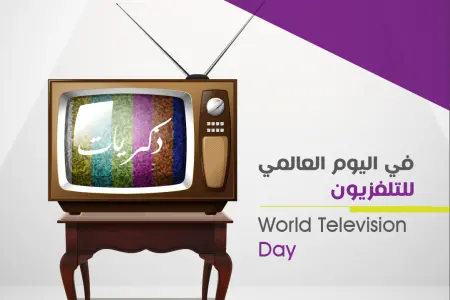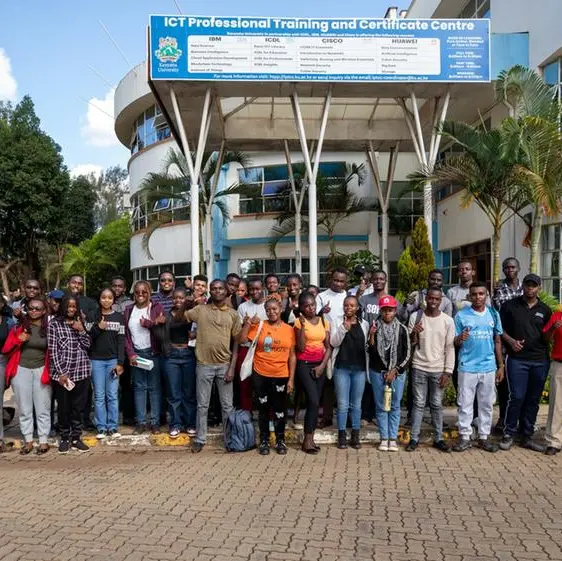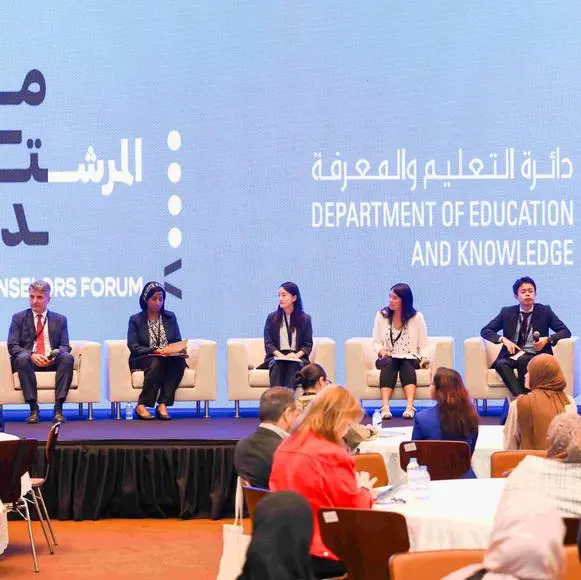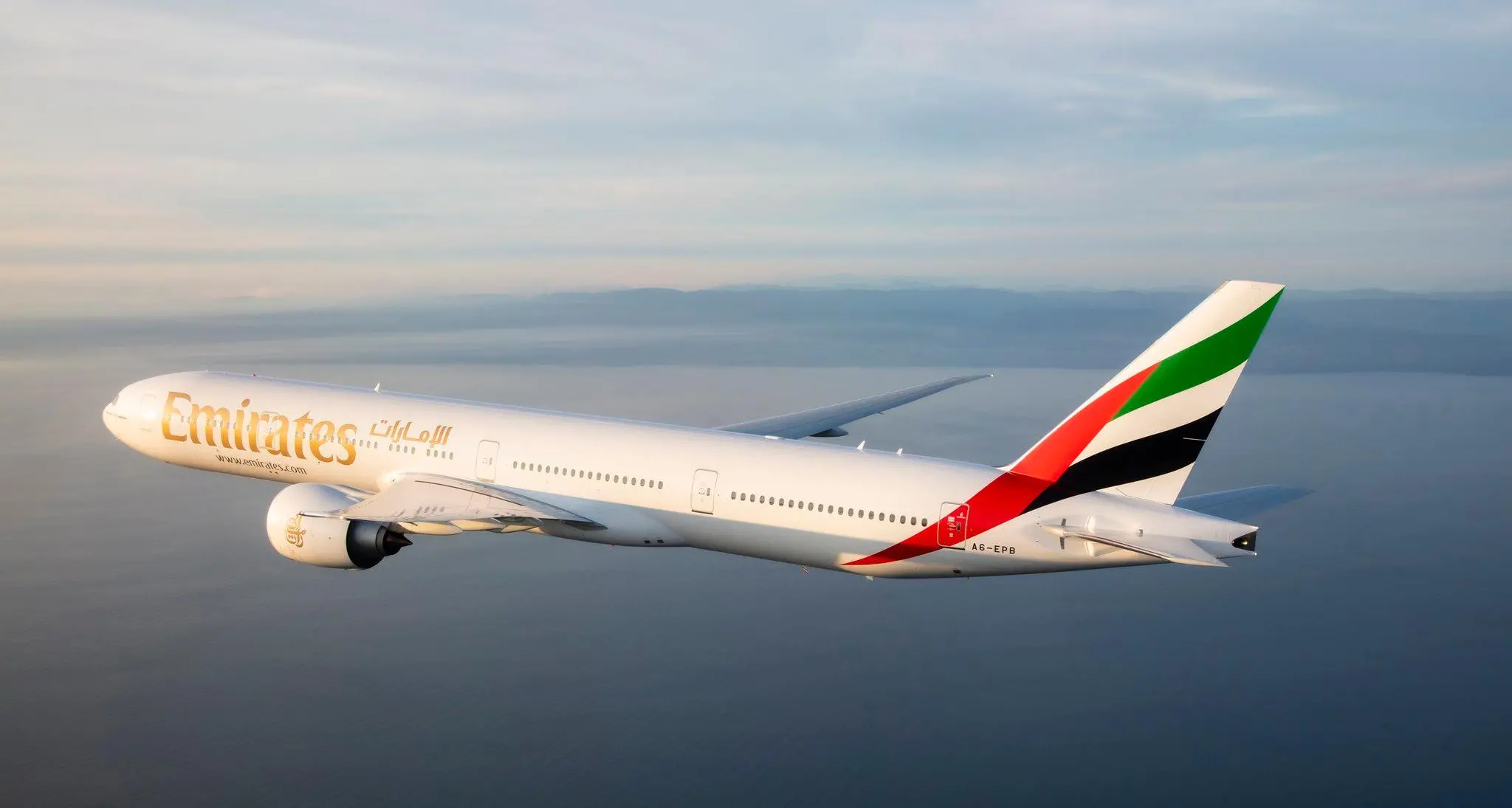PHOTO
Over the years, Saudis developed a sentimental attachment to the television as they grew up with it. From its programs, they learned about new things and got their share of "innocent entertainment". And through its screen, they followed the news of their country and the world around them http://www.w7worldwide.com/world-television-day/
Saudis gathered around the National TV in the moments of joy as the happy news of Ramadan Moon Sighting, Eid Al Fitr announcement, national days celebrations, and the royal decrees were broadcasted live. They experienced the spirituality of live broadcasted prayers from the Two Holy Mosques and they accompanied Muslims performing the rituals of the pilgrimage year after year.
In front of the TV screens, Saudis danced to the lyrics of Saudi national songs, rejoiced in the moments of fun with variety of entertainment programs, and went through moments of grief to announce the death of a beloved king or prince.
Between the official opening of the Saudi National television on July 7, 1965 during the reign of King Faisal and the start of the first television broadcast in the country 10 years earlier, lies a story that deserves to be told to new generations on the World Television Day.
Badr Alkhorayef, chief editor of Asharq al-Awsat newspaper in Riyadh, recounted glimpses of that story in a report published in 2014 in the same newspaper. According to him, Saudi Arabia managed to be one of the first countries in the Middle East to witness the birth of television, through the US Mission Television in Dhahran, which was established in 1955, and was broadcasted in English in Dhahran only.
Alkhorayef’s report continues with the establishment of "Aramco Channel" two years later. The new channel was broadcasted from Dhahran to Hofuf and other parts of the Gulf in both Arabic and English. Al-Khareef pointed out that the station was launched about three months after the establishment of "Baghdad TV", making the station Dhahran of the US mission the first station in the Middle East, while "Baghdad TV" became the first station in Arabic in the region. After the opening of state television, ARAMCO TV became an English-language station, and then completely stopped at the end of 1998.
For several years, the broadcasting continued in black and white, until the Saudi television knew its first colored broadcasting in December 1974 broadcasting from Jeddah and Makkah. Gradually colored broadcasting spread through several cities, as it started in Medina on 12 January 1975 followed by Taif and Baha.
As for the residents of the Riyadh, the Saudi capital, celebrated on 7th October 1976 of the first colored broadcasting in their city.
The millennials were the last generation to witness Saudi television being compromised of its famous first and second channels, before the emerge of satellite channels in the early 1990s.
This generation remembers the timeless programs that became part of their collective memory such as dubbed cartoon films Adnan and Lina, Grendizer, White Laith, Captain Majid, and kids educational programs which included Open Ya Sesame, Al-Manahel, and Baba Farhan, not to mention other prominent programs such as Fawazir Ramadan, Sebaq Al Moshahedin, Tash Ma Tash series, Bedouin series, and many others that have become icons and a huge part of the memory of entire Saudi generations.
In recent years, Saudi National TV made several changes to attract viewers and stay in the feire competition of TV channels. This comeback started with the Saudi Council of Ministers announcement on May 29th, 2012 to integrate the Saudi TV and the Saudi Radio into one public entity, the Saudi Broadcasting Authority (SBA).
Today, Saudis find themselves in front of a variety of TV channels managed by SBA such as the Holy Quran channel, Sunna channel, Saudi National channel, SBC, Alekhbariya TV and KSA Sports channel.
-Ends-
About W7Worldwide
W7Worldwide is an independent marketing communications consultancy based in Saudi Arabia. Our understanding of the local market converged with our global reach and knowledge enables us to bridge our clients with their audiences effectively. We are aligned by the objective of filling the gap in communication that exists in the local market. Therefore, our specialty lies in building bridges that sustain relationships and create brand reputation and value through innovative approaches. Our array of services is, but not limited to:
- Reputation Management
- Stakeholder Mapping
- Crisis Management
- Media Relations
- Public Relations
- Social Media
- Marketing and Brand solutions
For more information about W7Worldwide please visit http://www.w7worldwide.com.
For More Information:
Abdullah Inayat
W7Worldwide Marketing Communications Consultancy Agency
Media Relations Director
00966555990258
a.inayat@w7worldwide.com
Disclaimer: The contents of this press release was provided from an external third party provider. This website is not responsible for, and does not control, such external content. This content is provided on an “as is” and “as available” basis and has not been edited in any way. Neither this website nor our affiliates guarantee the accuracy of or endorse the views or opinions expressed in this press release.
The press release is provided for informational purposes only. The content does not provide tax, legal or investment advice or opinion regarding the suitability, value or profitability of any particular security, portfolio or investment strategy. Neither this website nor our affiliates shall be liable for any errors or inaccuracies in the content, or for any actions taken by you in reliance thereon. You expressly agree that your use of the information within this article is at your sole risk.
To the fullest extent permitted by applicable law, this website, its parent company, its subsidiaries, its affiliates and the respective shareholders, directors, officers, employees, agents, advertisers, content providers and licensors will not be liable (jointly or severally) to you for any direct, indirect, consequential, special, incidental, punitive or exemplary damages, including without limitation, lost profits, lost savings and lost revenues, whether in negligence, tort, contract or any other theory of liability, even if the parties have been advised of the possibility or could have foreseen any such damages.











